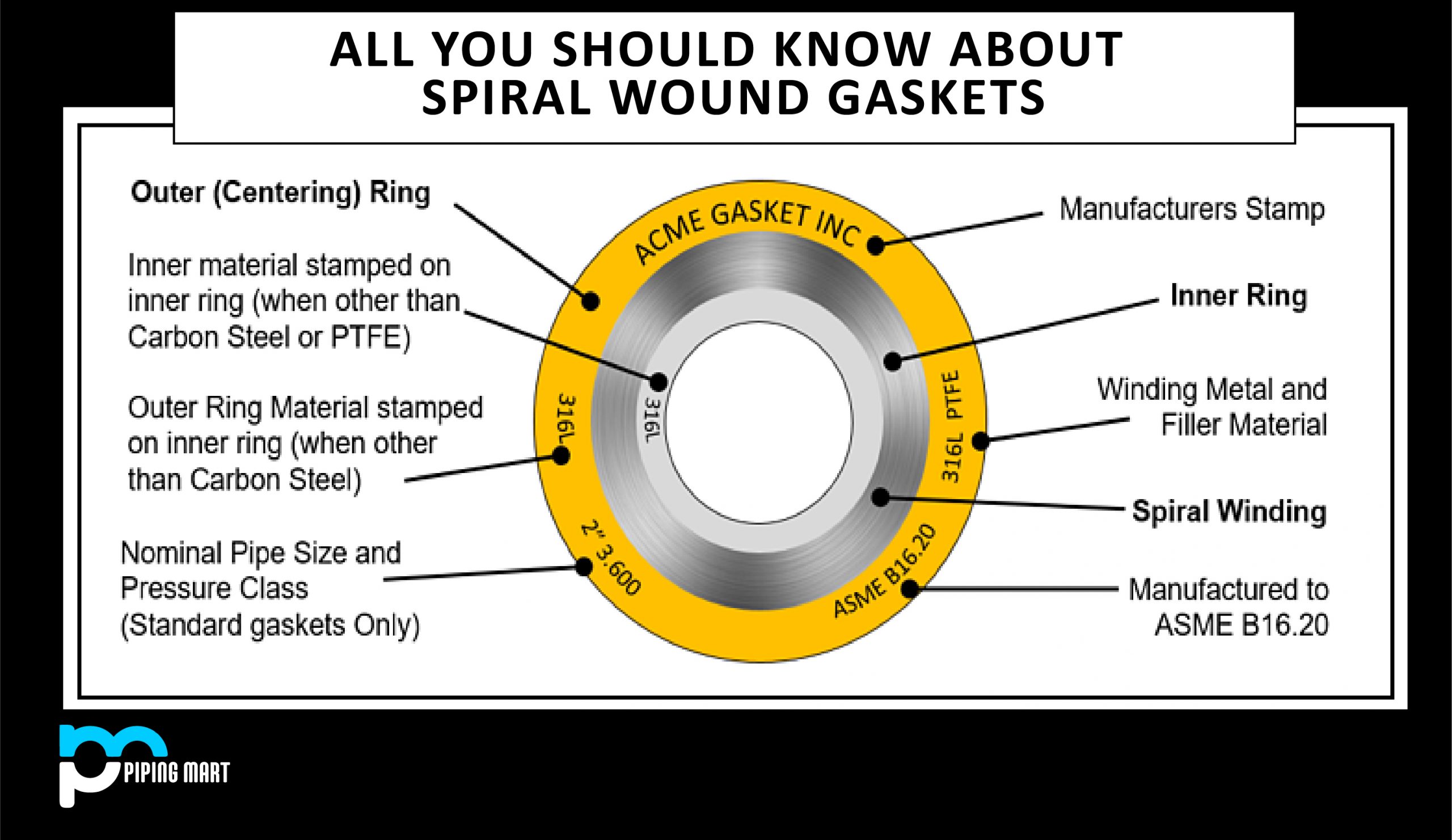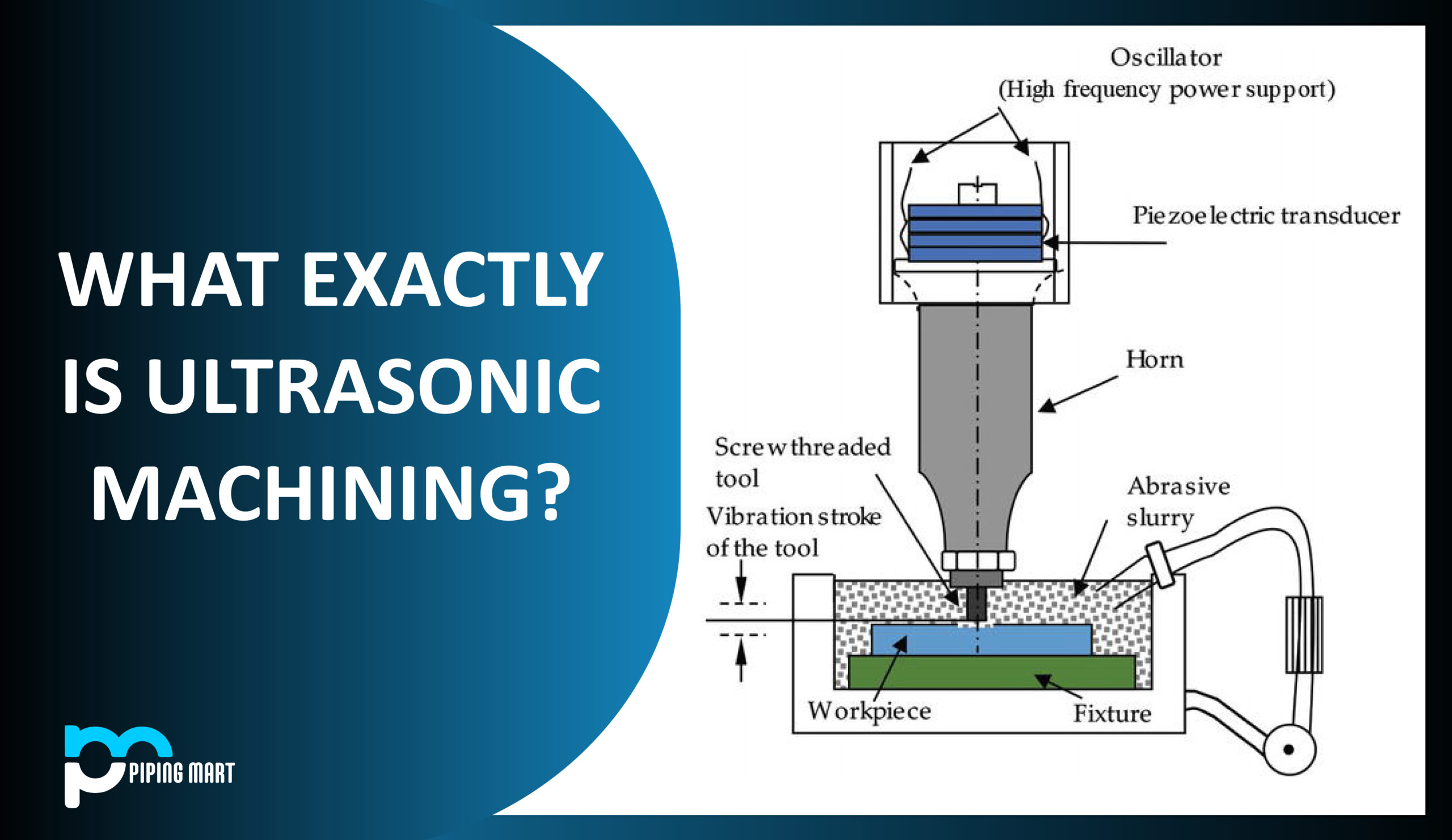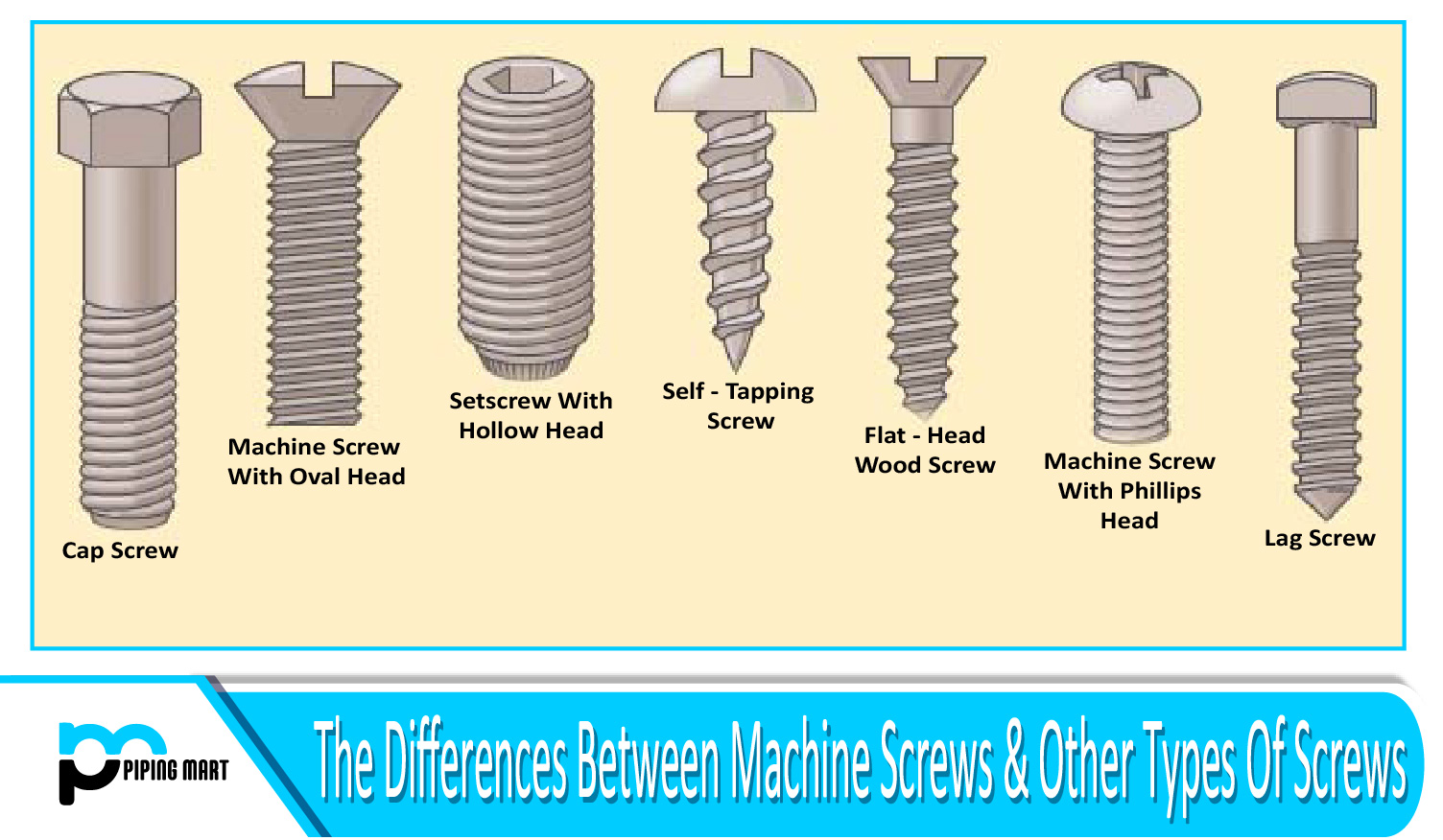A Spiral Wound Gasket is the most commonly used metallic gasket in industrial settings that include a wide range of temperature and pressure conditions. They are widely used in the oil and gas, chemical, petrochemical, electrical, and food sectors to prevent leaks at flange joints. Flexitallic invented the spiral wound gasket in 1912 to suit US refinery operations involving extreme temperature and pressure variations.
What is Spiral Wound Gasket?
A spiral wound gasket is a type of sealing element designed to provide a tight and durable seal between two surfaces. It consists of several layers of alternating metal strips and filler material, such as graphite or PTFE, wound together in a spiral pattern. This design allows the gasket to compress and conform to irregular surfaces, providing a uniform seal under varying pressure and temperature conditions. Spiral wound gaskets are commonly used in industrial applications where leaks can cause substantial damage or safety hazards, such as chemical plants, oil refineries, and power generation facilities. Despite their complexity, their reputation for reliability and efficiency make them a preferred choice for engineers and operators around the world.
Spiral Wound Gaskets Uses
- Applications for high-temperature service
- High-pressure applications
- Fluids that are corrosive
- Fluids that are flammable
- Hydrogen
Parts of the Spiral Wound Gasket
A spiral wound gasket is a semi-metallic gasket. It is constructed with a spirally wound v-shaped using metallic and non-metallic filler material. A spiral wound gasket is composed of three main parts. They are as follows:
Outer ring:
The outer ring of a spiral wound gasket, also known as a guide ring or centering ring, is often constructed of carbon steel. This element’s primary function is to center the gasket while fitting it into a bolted flange joint.
Inner ring:
The inner ring is an essential component of a spiral wound gasket because it prevents the windings from bending inside the pipe. When a gasket bends, pieces of it are pulled into the pipe and eventually move through the piping system, where they become caught or wrapped around something. Inner rings avoid this condition and help to reduce the risk of this problem.
Sealing element:
This is the part of the spiral wound gasket that produces a tight seal to avoid leakage. The sealing part includes both windings and filler material. In general, spiral wound gaskets are made using a flexible graphite filler material that can withstand high temperatures. The use of graphite as a filler material also assists the gasket in avoiding flange deformation and joint displacement. PTFE is another popular filler material (Polytetrafluoroethylene). However, PTFE is not suited for use in high-temperature environments. Stainless steel and Monel are the most commonly utilized winding materials.
Marks on the Spiral Wound Gasket
Spiral wound gaskets are distinguished by various marks on the gasket. Each mark provides accurate details about the spiral wound gasket specification, which is helpful during the gasket selection process.
The markings on the spiral wound gasket provide the following essential information:
- The Design Standard or Code: The code used to design and produce the spiral wound gasket is displayed. The standard ASME B16.20 is easily seen on this gasket.
- Manufacturer’s Information on the Spiral Wound Gasket: The manufacturer of the gasket may be easily identified by checking the manufacturer’s name on the gasket.
- Winding and Filler Material: The winding and filler materials are specified in the spiral wound gasket.
- Diameter and Pressure Class: The diameter and pressure class markings on the gasket specify the size of the gasket as well as the load that the spiral wound gasket can withstand. Pressure classes for spiral wound gaskets are typically 150, 300, 400, 600, 900, 1500, and 2500. The capacity of the spiral wound gasket to tolerate pressure rises as the pressure class increases.
Thickness of Spiral Wound Gasket
The thickness of spiral wound gaskets generally ranges between 3.2 mm and 4.5 mm. However, for extremely large diameters, a thickness of 5.5 mm to 7 mm is recommended. The market offers a comprehensive spectrum of spiral wound gasket thicknesses ranging from 1.6 mm to 7.2 mm.
Pressure Ratings of Spiral Wound Gasket
Spiral wound gaskets are available in 7 pressure rating classes. They are classified as 150, 300, 400, 600, 900, 1500, and 2500. The design criteria are used to determine the size of spiral wound gaskets. ASME B16.20, for example, has spiral wound gasket sizing charts in a tabular format that include all the needed parameters based on pressure class and pipe size.

Pipingmart is B2B portal specializes in industrial, metal and piping products. Also, share latest information and news related to products, materials and different types grades to help business dealing in this industry.




